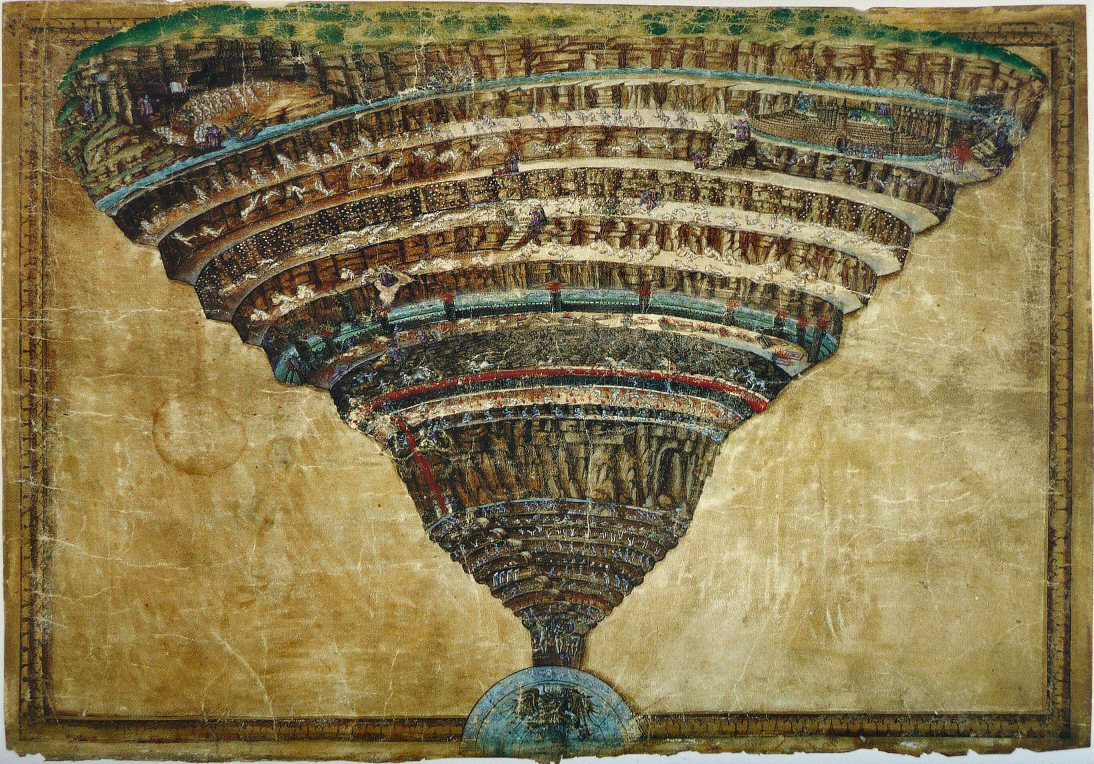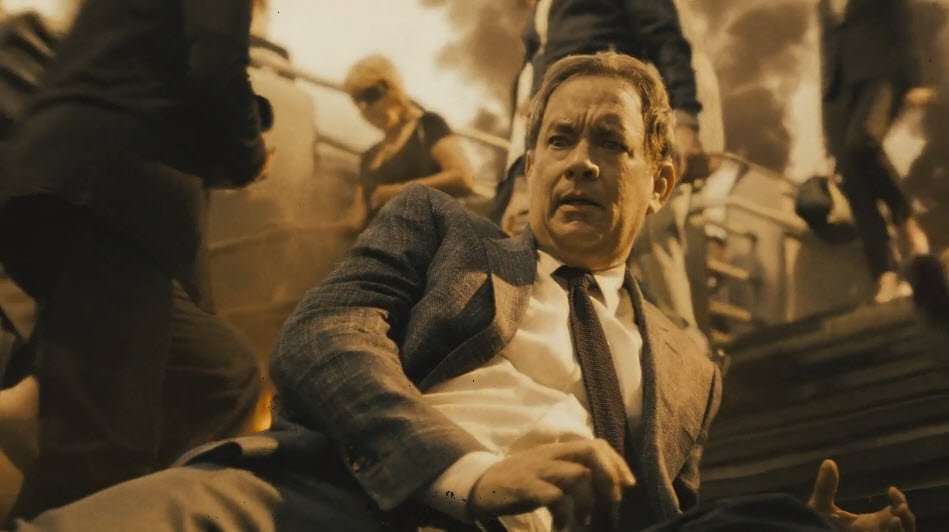Where Ron Howard Introduces us to a new ring in Dante’s hell…
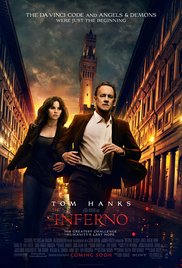 DIRECTED BY RON HOWARD/2016
DIRECTED BY RON HOWARD/2016
The character of Dr. Robert Langdon (Tom Hanks), along with this series based on the books of Dan Brown, are now officially a series based on diminishing returns. With The Da Vinci Code, there was at least enough controversy surrounding the novel and its full on assault of one of the major tenets of the Christian faith, that Jesus did not have a wife or kids, that generated enough interest to make it a box office success. Especially when you have America’s beloved Ron Howard directing, and the great Tom Hanks in the lead role. Angels & Demons followed, a few years later, with a slightly better script, but for many, a less entertaining presentation. Now we have the latest Robert Langdon tale in Dan Brown’s Inferno.
Tom Hanks is back, and for many that will be enough. Mr. Hanks is always entertaining, and is always able to elevate whatever project he finds himself in, even if the film isn’t worthy of his talent. Inferno may be such a film. It is a film of diminishing returns.
Like the famous works of art Dr. Langdon finds all of his clues in, the film is very beautiful to look at. Unfortunately, it does not prove to be as compelling.

Inferno should succeed. It really should. It features amazing locations in Florence and Venice, Italy, along with Istanbul, Turkey. It is action packed, and contains more of the hidden clues for Dr. Langdon (and the audience) to solve, that involve more works of art. Here we trade The Da Vinci Code’s attachment to the Mona Lisa for Dante’s Inferno and his 9 rings of hell as it relates to world wide virus that is about to be released by those who believe like billionaire Bertrand Zobrist (Ben Foster) that the world is facing another global extinction event as he cites the doubling of the planet’s population since 1970 to nearly 8 billion people. The only way to correct course and save the planet, is to make the hard choice to lower the population voluntarily through a virus of their design, before nature ends us permanently.
Ron Howard sets up the film as one giant chase scene from the opening scene where footage of a speech by Zobrist is spliced into the opening credits along with apocalyptic visions of rivers of blood, people with masks, and body parts encased into the concrete with various letters etched into their skin. These visions are happening to Dr. Langdon who wakes up to find himself in a Florence hospital with a gunshot wound to the head, and a severe case of short-term amnesia.
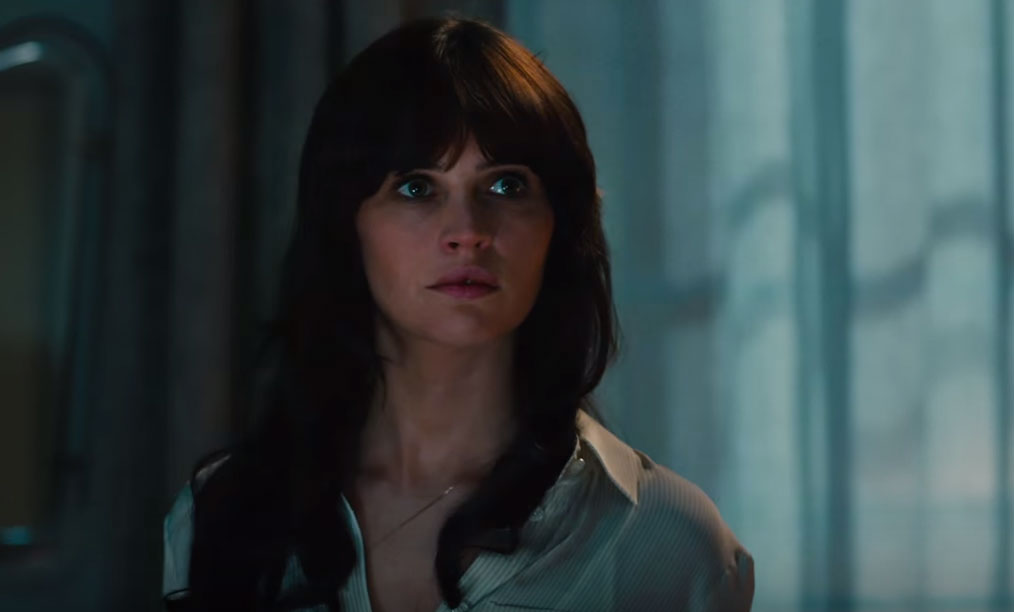
Assisted by his hospital doctor, Dr. Sienna Brooks (Felicity Jones), who saves his life at the hospital, they begin to piece together clues that they find, along with returning memories of Dr. Langdon that put them on the trail of those who would release this life altering virus.
The cast is top-notch with good supporting roles being held by Omar Sy, Irrfan Khan, and Sibse Babett Knudsen. The scenic views of Italy are breathtaking, especially for me, having spent nearly a month there a couple of summers ago. Like the famous works of art Dr. Langdon finds all of his clues in, the film is very beautiful to look at. Unfortunately, it does not prove to be as compelling.
As each subsequent Dan Brown story has been turned into a film, there has been an correlating drop in interest by the public at large. This third film in the series will continue that decline, and I would say it will be the most precipitous drop yet, effectively killing the series before the forth Dan Brown story featuring Dr. Robert Langdon has a chance to appear on the silver screen.
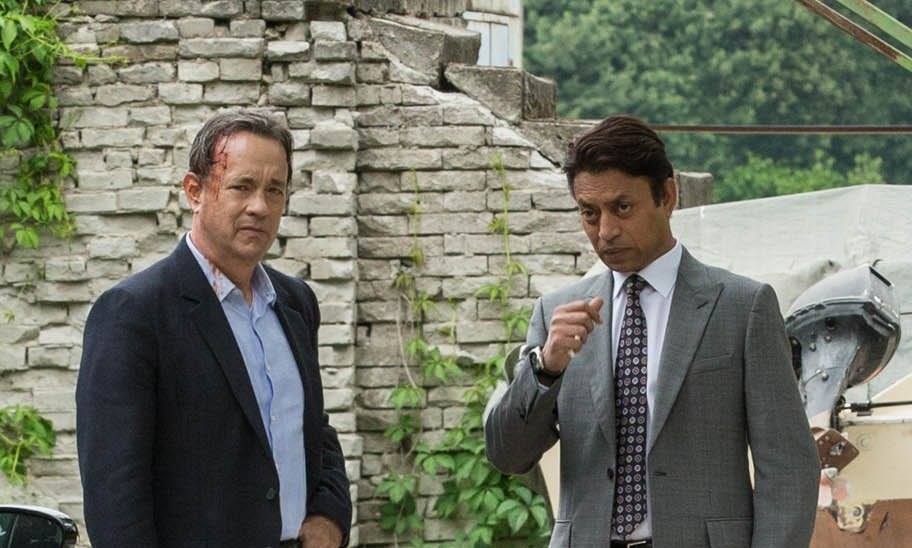
The story is muddled, and attempts at humor are awkward at best between Hanks and Jones. Irrfan Khan adds the only true humor to the otherwise somber proceedings. And despite advertising a large connection to Dante, we learn very little about him, and how his Divine Comedy plays into the larger whole. Having not read the novel, I can’t say for sure if it is as negligible as the film is, but Inferno takes the mysterious notion of Dante’s “hell” and uses the idea of it as a driver for the tension without helping the audience to see its significance for what we are watching as it concerns a deadly virus. Here, Dante’s notions of hell just help us have a reason for seeing the creepy visions Dr. Langdon is having, and not much more. Technically, the sound editing is pretty terrible as well. This is especially true at the beginning of the film where the music and sound effect volume noticeably crescendos and overwhelms the dialogue, before retreating back into a more balanced mix.
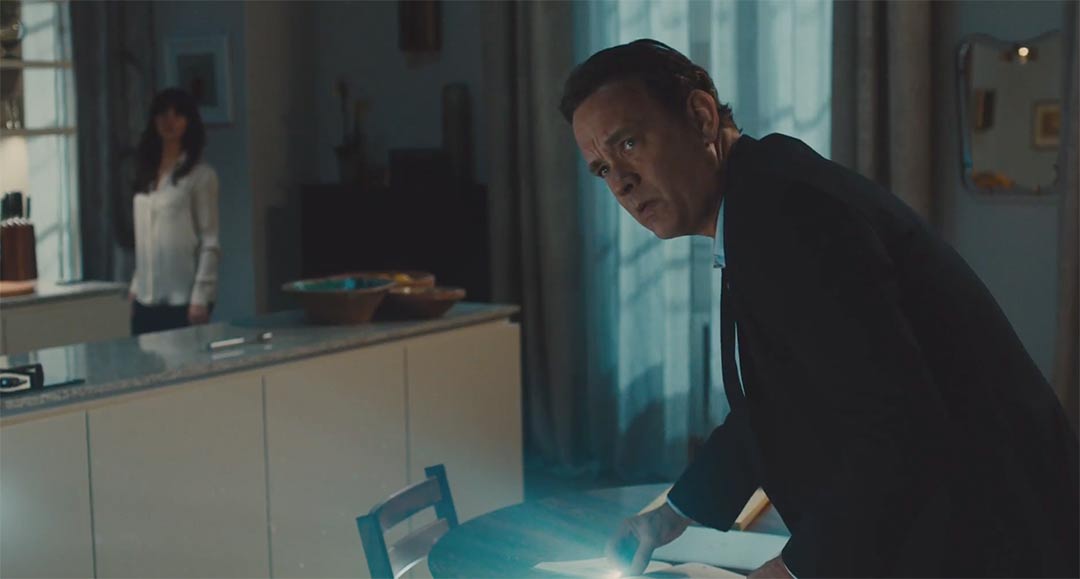
Overall, this film is much more like the opening of Dickens’ The Tale of Two Cities: “It was the best of times. It was the worst of times”. In that regard, it is still a Tom Hanks film, has wonderful locations and scenery, and it moves forward at a reasonably brisk pace. On the other hand, it is largely foolish, lazy, and boring at times (despite the brisk pacing). The man next to me at the screening was snoring rather loudly for a stretches at a time. At least he felt rather rested by the end of the film. Me? I just felt indifferent….or that Ron Howard had just introduced us to a new ring in Dante’s hell.
